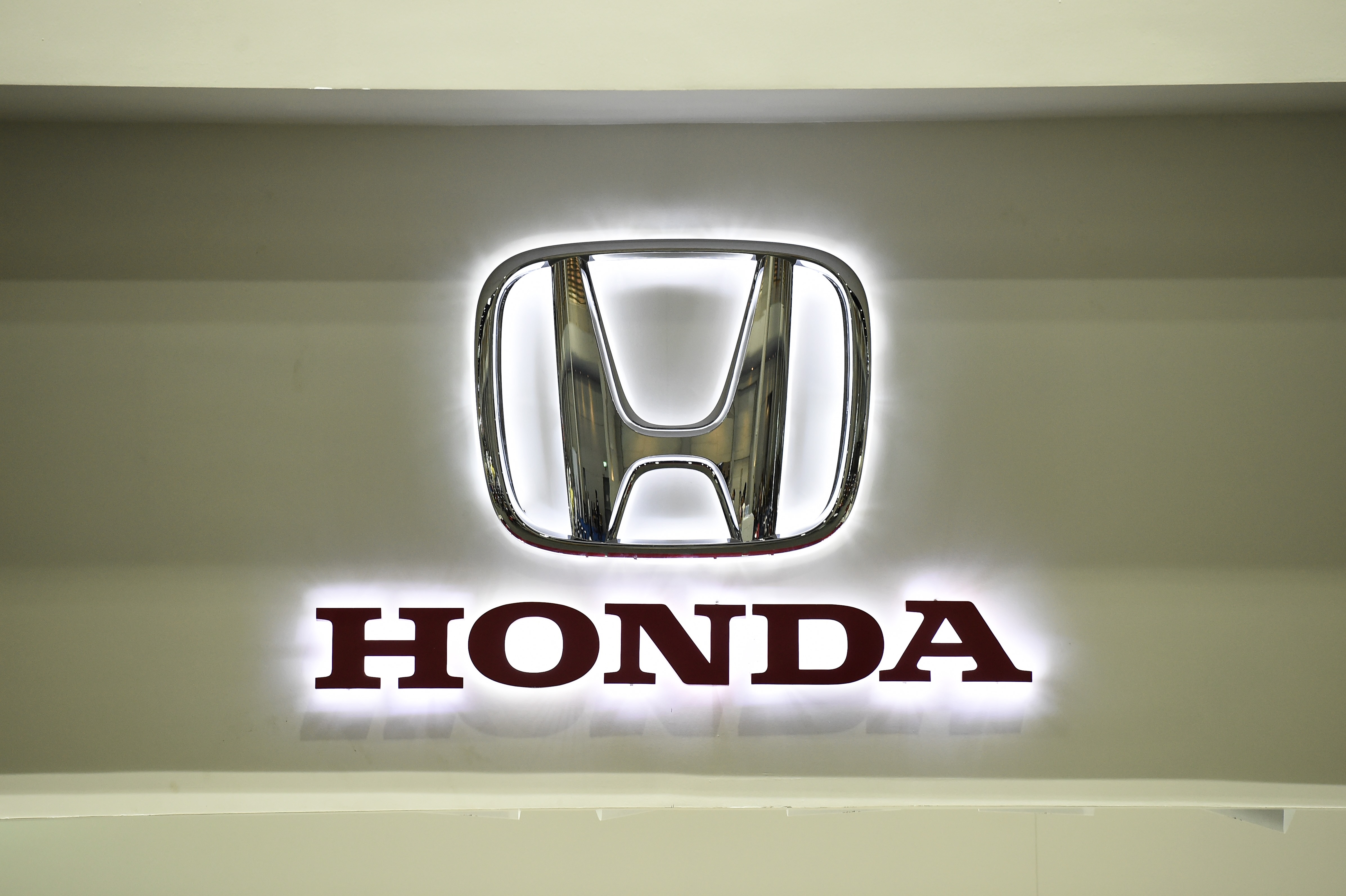Honda joins forces with GM’s Cruise to develop autonomous vehicles
Honda agreed to invest $12 billion over 12 years in a venture with GM and tech firm Cruise to develop self-driving cars (LILLIAN SUWANRUMPHA)
San Francisco (AFP) – Japanese carmaker Honda has joined forces with the General Motors tech startup Cruise to develop autonomous vehicles as the race to market self-driving cars heats up, the companies announced Wednesday.
Honda’s investment promises broader market access for the new cars once they are ready for the public. The Japanese government hopes to showcase self-driving cars when Tokyo hosts the Summer Olympics in 2020.
With a $2.75 billion commitment in equity and shared development costs over 12 years, Honda joins Japanese conglomerate Softbank in backing the GM venture to create a multi-purpose vehicle that can be manufactured in high volume for use worldwide, the US auto giant said.
Major automakers, start-ups and tech firms are racing to develop truly autonomous vehicles, which the industries see as the next frontier in personal mobility.
Honda’s announcement comes on the heels of Toyota’s move in August to invest $500 million in the ride-hailing service Uber to collaborate on a similar venture to mass-produce self-driving vehicles.
“As is becoming increasingly apparent, this is an effort that requires very, very significant resources to pull off and we’re thrilled to have Honda join forces with us,” GM President Dan Ammann said during an investor call.
Ammann said developers were working “as quickly as we can” to deploy the new technology but did not say when this could occur.
“What we’re giving you here is just an early glimpse of what we think the future looks like,” he said.
The vehicle to be developed with Honda will have no steering wheel or other manual controls when deployed, according to GM.
– The race for driverless –
With Softbank’s $2.25 billion investment announced in May, Cruise is now valued at more than $14 billion, according to GM.
The company, in which GM now holds an 85 percent stake, says it is currently testing driverless cars on open roads in Arizona, California and Michigan, “navigating some of the most challenging and unpredictable driving environments.”
The company maintains a research-and-development facility in San Francisco.
Sandy Schwartz, president of Cox Automotive, said the battle to be the first with a driverless product was likely to produce more unexpected partnerships in the coming months.
“I’m a little surprised at seeing bitter rivals joining forces but this is coming. Everybody knows it,” he told AFP.
Combining the strengths of different manufacturers raises the chances of early success, he said.
“You want your partner to be the best partner during that race.”
While fully autonomous vehicles remain a theoretical goal at this point, developing technologies promise swift changes to the market for consumer and commercial vehicles.
The efforts have suffered setbacks especially after some crashes during testing, including a fatality.
Uber briefly suspended tests of self-driving cars in March following a fatal accident in Arizona. It resumed testing in Pennsylvania in July, but with a driver behind the wheel at all times, the company said.
One of self-driving tech firm Waymo’s minivans crashed into a highway median in June, reportedly after its human driver manning the wheel fell asleep.
GM says it is working to eliminate crashes, emissions and congestion entirely.
Ford Motor Company on Tuesday unveiled a proposed standard it said all manufacturers should adopt for autonomous vehicles to signal their intentions — like yielding or preparing to stop — to other users of the road.
Uber last month also announced it would spend $154 million over five years to expand an existing Toronto laboratory that is developing artificial intelligence for use in self-driving cars.
Disclaimer: This story has not been edited by Siliconeer and is published from a syndicated feed. Siliconeer does not assume any liability for the above story. Validity of the above story is for 7 Days from original date of publishing. Content copyright AFP.


